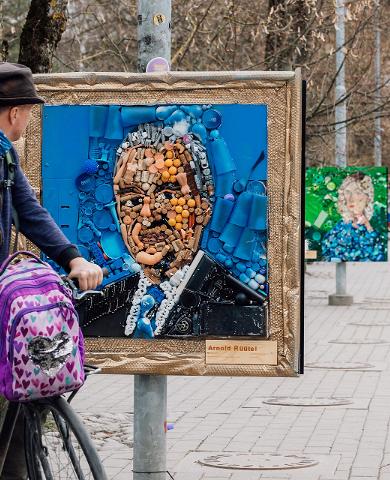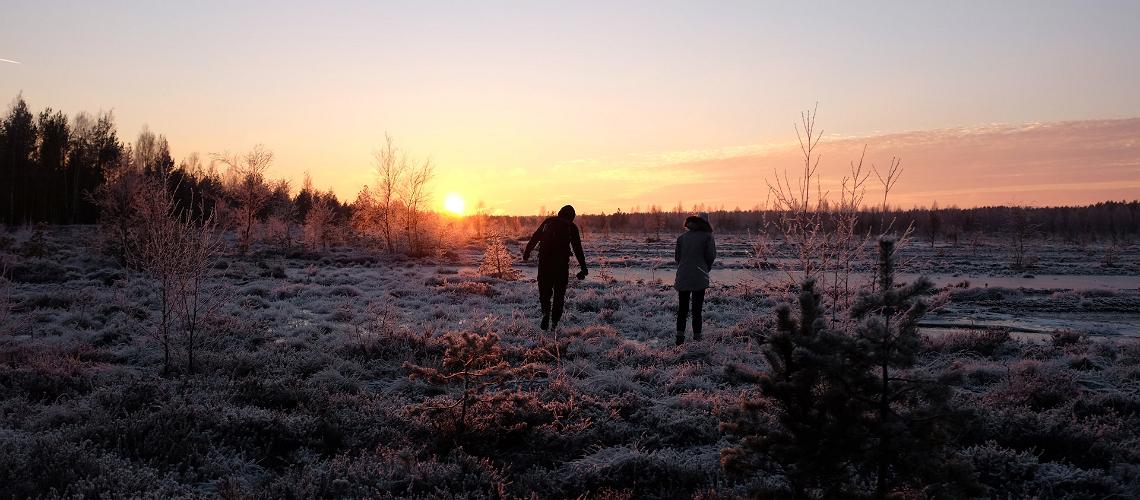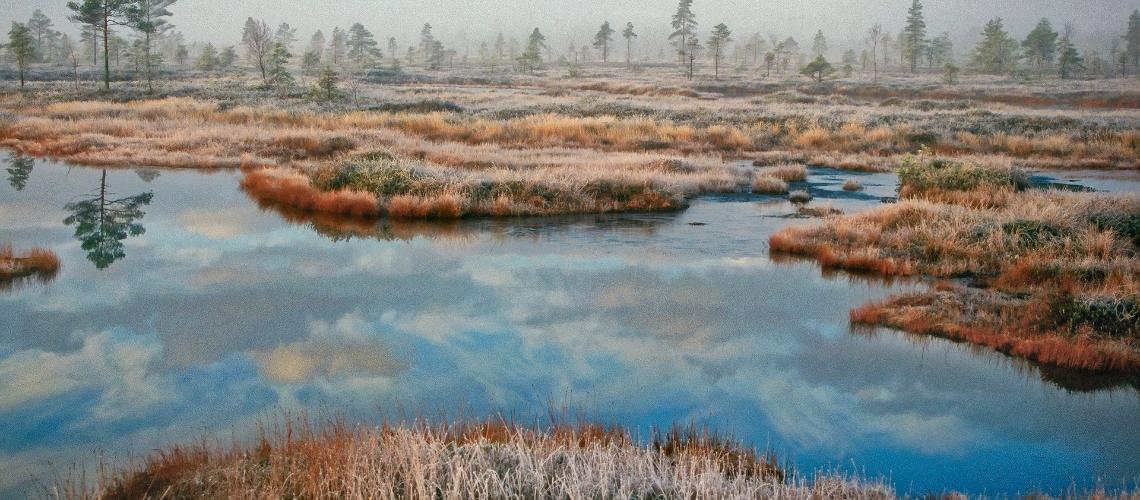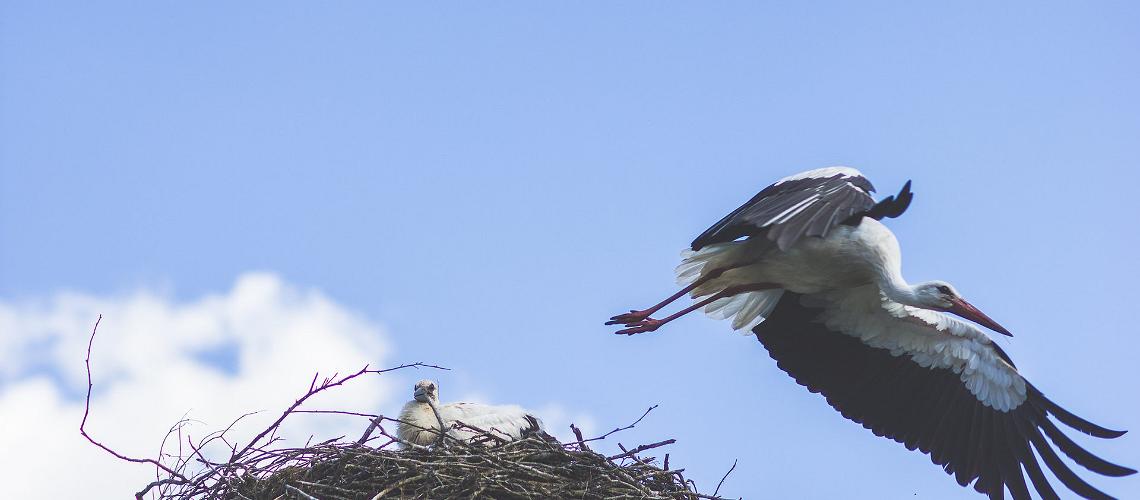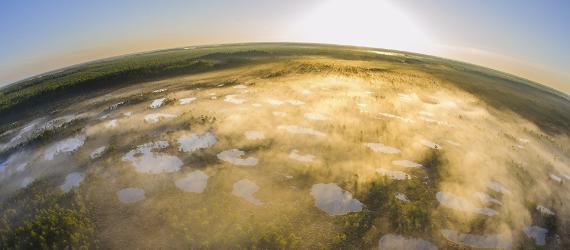The writer Marian Männi from the site Research in Estonia outlines the role of magic in a country that ranks as one of the least religious in the world. Based in part on the findings of folklorist Reet Hiiemäe, she explores the magical realities that manifest in the Estonian psyche. Additionally, the article tries to untie the complicated knot of how Estonian can oscillate between different belief systems which may at times seem contradictory to each other.
Estonians may not say they are religious in polls, but they do have diverse spiritual beliefs, which is helpful in times of plagues and personal crises, according to the recent article by Estonian folklorist Reet Hiiemäe.
The Role of Magic and Folk Beliefs
Fear and belief go hand in hand, research has shown, and what better subject to show this than the COVID19 pandemic! Several studies already show how religiousness intensified in the past year. Estonia, however, is a curious case, because it has been often tagged as the least religious country in the world. In 2009, polling giant Gallup concluded that religion plays the least role in Estonia compared to any other country. In the last national poll in 2011, only 19 percent of Estonian speakers said they "ascribe to" a certain religion (of those, 72 percent indicated they were Lutherans).
It's cold and dark for the greater part of the year in Estonia, and its people don't usually gather up to get through the dark times. Estonians value their personal space and independence, both of which are not difficult to achieve in one of the least densely populated countries of Europe. Not to mention constant wars that have ravaged the land throughout centuries. What is the Estonians' secret? It is their positively charged beliefs and magic, concluded Estonian folklorist and researcher Reet Hiiemäe.
Based on interviews, participant observations, media analyses, and thousands of old legends and scripts, Hiiemäe has concluded that "the spiritual life in Estonia seems more varied and amalgamated with more currents simultaneously available than in many other Western countries." Her article "A Hundred Forms of Spirituality in the Least Religious Country in the World" on the subject was published in the Journal of Religion in Europe in June 2021.
Estonians don't identify themselves "through the terminological label '-ism' but rather through activities that don't require fidelity to any labels," she wrote. One can try energy healing Reiki one day and spiritual wisdom shamanism the next. They can pray to God with a supportive crystal around their neck.
Individualism helps during pandemics
According to literature, Western Europeans were building churches and relied on collective repentance during ravaging plague outbursts, whereas Estonians isolated themselves. Hiiemäe tells the folk legend of an old woman, who, without knowing anything about viruses at the time, leaves everything behind except food and goes to a swamp island to wait for the pandemic to pass. "In Estonia, we try to overcome obstacles by being witty and clever," she said. Creating a magical reality in one's head – rather than coming together to pray – is part of the coping mechanism.
The world must have been interesting! The homes weren't always warm, the table wasn't always covered with food, but the people sensed the spark in the burning fire, saw mystical beings in smoke saunas and felt the presence of the souls of their ancestors. In difficult moments, this mystery could have been an important support for them, Hiiemäe concludes.
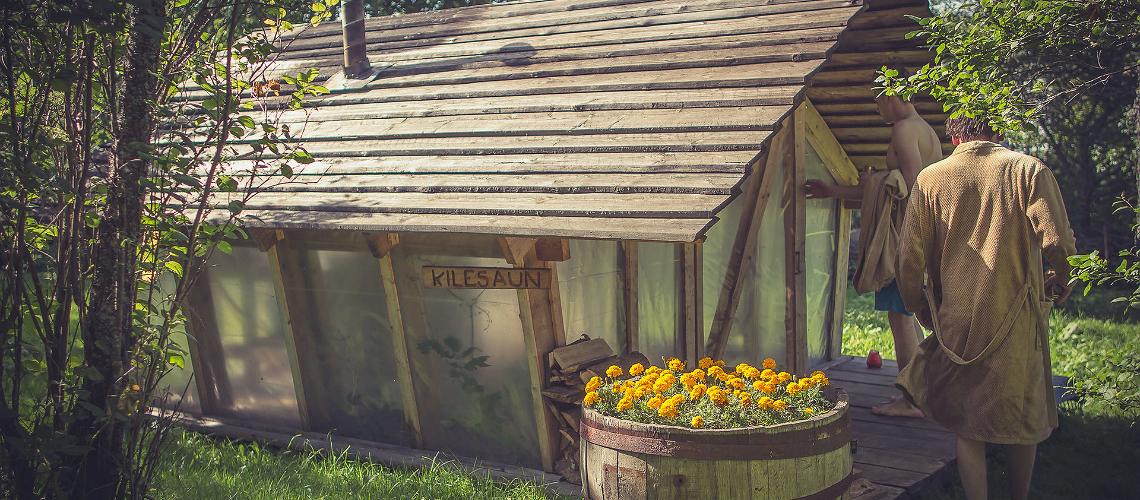
Estonian Sauna
The sauna is as much a part of Estonian daily life as it is a part of spiritual life
Photo by MagnusHeinment
Estonians seem to have always believed in the existence of something invisible that protects and guides the chaotic life. The first archaeological evidence from 10,000 years ago shows that at least some sacred objects had magical protective meaning, Hiiemäe said.
Even though protective magic can be seen in every culture, it is well-preserved in Estonia, a religious and cultural periphery to the Slavic as well as Western European culture. "Traditions tend to be preserved more spontaneously, in a less organised way and often also longer in the "margins", Hiiemäe points out.
Crusaders reached Estonia in the 13th century, but Estonians often washed themselves in their holy springs right after and went on with their lives. They treated beliefs flexibly – took what sounded appealing and left what didn't. "In one sentence they could turn to the holy thunder and in the next speak about "dear Jesus"," said Hiiemäe about Estonian magic charm texts. It was a safer bet to accept bits from various religions in case any of them turned out to be the right kind of unearthly support. Who could know!
Even the Soviets did not root out spiritualism that kept secretly bubbling. Estonia was the epicentre for several religious movements like Krishnaism. Even various folk healers continued their practices during the Soviet Union, although mostly underground, as it was highly illegal.
Mare Kõiva, another well-known Estonian folklorist, described in her article "The Doctor Sent me to a Folk Healer" how some folk healers only received patients with a referral from a medical doctor. During the 1980s, under the Soviet regime, doctors risked their jobs over this, but still continued to do so. The Soviet Union considered the activities of the "witches" as punishable and the referrals gave them at least some security.
Finding hope
Curiosity is an important part of Estonians' nature and a trained mind finds hope. Aren't religion and belief, more than anything, about hope for the better? "It's up to you whether you will focus on suffering or the potential for positive change that you yourself can experience at that moment," Hiiemäe said, referring to difficult moments like enduring the pandemic. Hiiemäe remembers a woman, a survivor of the Soviet deportation to Siberia, who found a little sign of hope every day. When a bird would take off, she would tell herself: if the bird can fly, we can also move on!
Curious to know more? Read on about the Estonian relationship to magic and folk beliefs.






